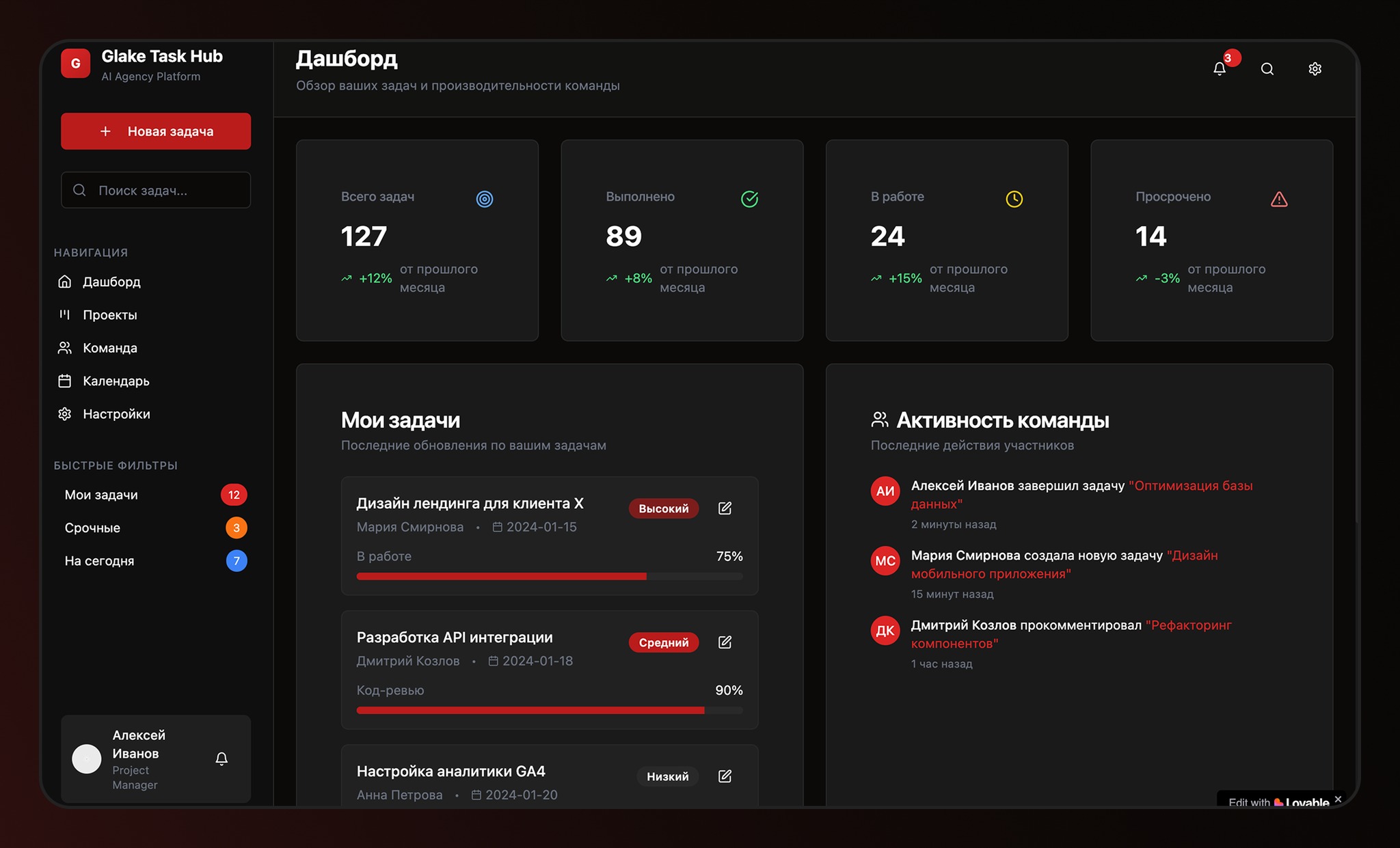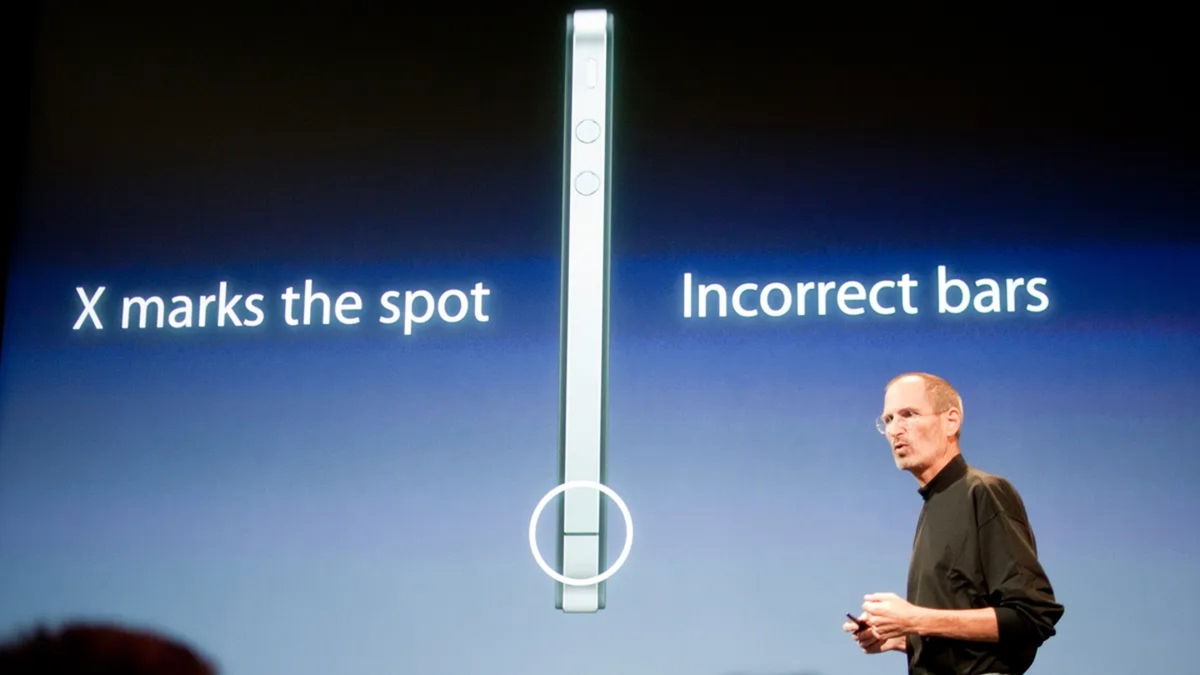With his help, Brice Menard, a professor at Johns Hopkins University, developed a map of the observable universe. On the interactive network, you will be able to explore from our vantage point in the wide void of space, passing through millions of distant galaxies and various in compositionuntil we reach the barrier that separates us from the rest of the universe: the observable limit.
Our Milky Way galaxy is shown to us as a small, almost invisible dot at the bottom of the screen. This pixel unfolds in a cone shape, showing us corners of the universe that we already “know” and those that we haven’t even looked at. As you scroll, you will see the colors change.; but even better: the textures of the universe.
Yes, between spiral and elliptical galaxies this texture is much more noticeable. If you squint, you can see how a kind of grid is drawn, consisting of millions of points (each of which represents a separate galaxy). Uniform and effective fabricand this only demonstrates the uniformity of the universe in all its directions.
The structure of the universe is visible on a map that you can see on your phone
Among the galaxies we can observe in the Brice Menard diagram, we have spirals, a category that includes the Milky Way. Andromeda, another larger one on its way to collide with ours, also falls into this category. When we move we see how the color changes from blue to yellowexposing elliptical galaxies, which are typically yellower and brighter than the spiral variants.
Even further away we have redshift galaxies. As the universe expands between these celestial bodies, photons stretch out as they travel through space. This leads to the fact that at some point they go into the infrared spectrum of light, which happens with the most distant elliptical galaxies from us. From a distance, their light appears red.
Unfortunately, redshift spiral galaxies cannot be detected by modern equipment, as they have much dimmer illumination than elliptical galaxies. This makes it difficult to perceive the filamentous structure that makes up the universe at this point on the map; although so far.
Last notable bastion

In addition, we have quasars. These are mysterious massive black holes located at the center of some galactic bodies. Thanks to the accumulations of gas and stars around him, these quasars become extremely brightso that its light can reach every corner of the visible universe with a rather bluish tint.
almost last place we have redshift quasars. As with galaxies, the light of quasars is influenced by the ever-expanding universe. The blue photons of quasars are stretched to such an extent that they go into the infrared spectrum. Next, we find the scene of the universe filled with hydrogen gas, blocking the propagation of visible light, so we can’t observe it. This stage is called the “Dark Age” for obvious reasons.
At the last bastion: the edge of the observable universe. So far away from us projects the first bursts of light emitted after the Big Bang, about 13.7 billion years ago. This light spread throughout the universe and is what we now know as the cosmic microwave background, and with which we can determine what the first hundreds of thousands of years of life in the universe were like.
Source: Hiper Textual













